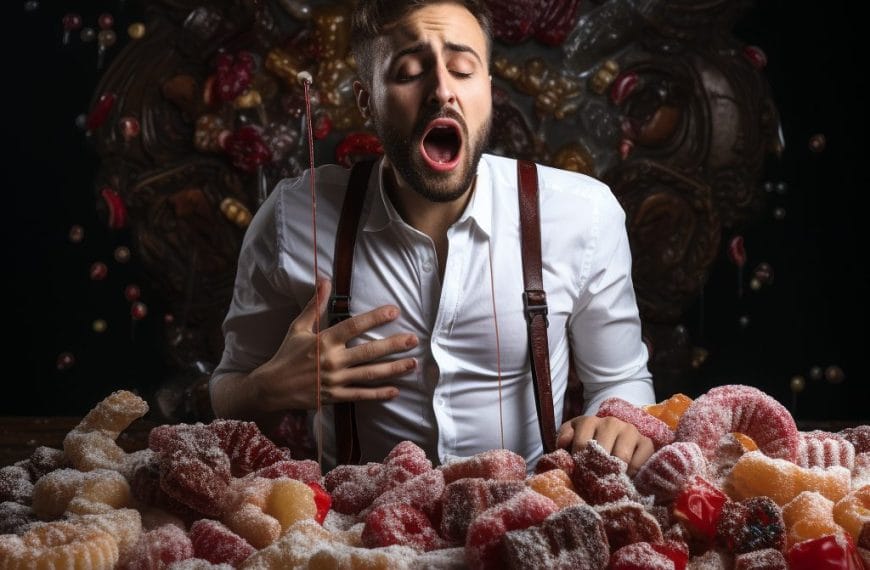Quick Answer: Blushing is an automatic rush of blood to the face that happens when emotions like embarrassment or shyness activate your body’s “alert” systems. It’s both a fascinating physiological reaction and a subtle social signal that tells others exactly how you’re feeling—without you saying a word.
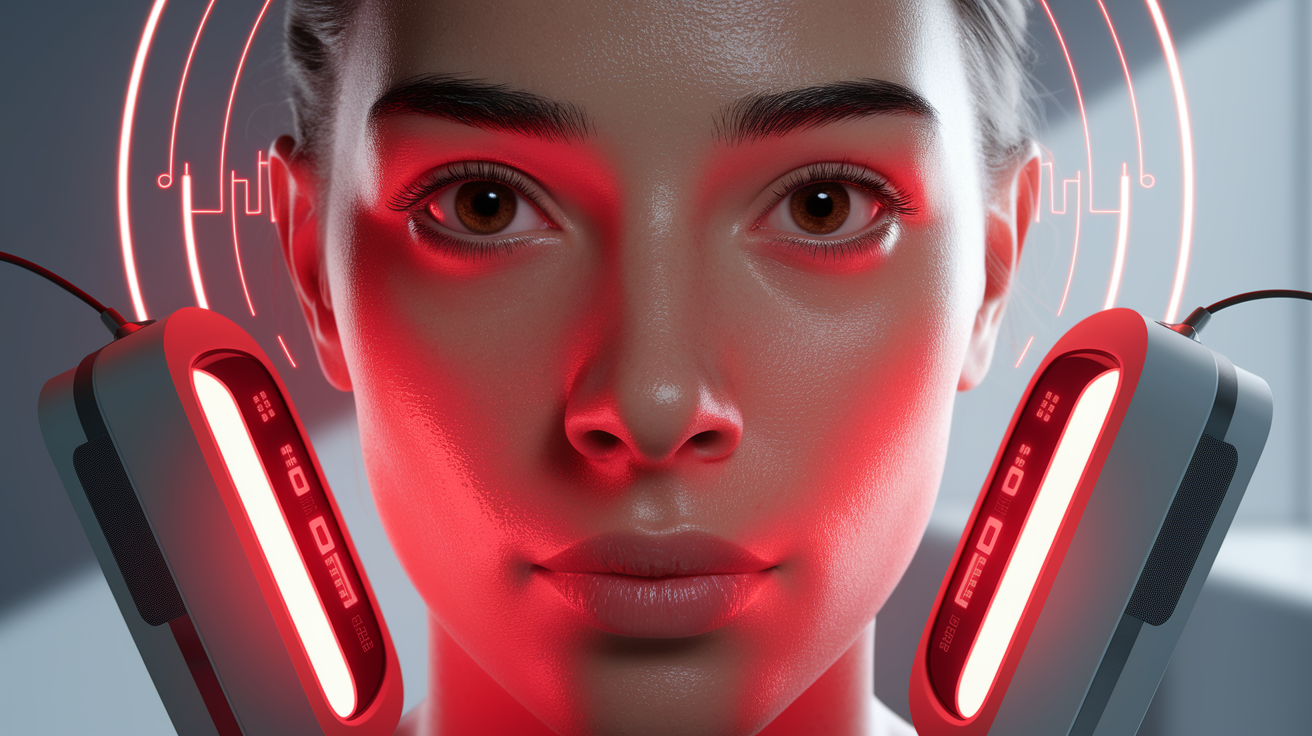
Introduction – Your Face’s Red Light Instant Explained
Have you ever been caught off guard by an awkward compliment or stumbled over your words, only to feel your cheeks suddenly warm up and turn red? That’s blushing—your body’s very own flashing neon sign for strong emotions. Unlike many other bodily reactions, blushing is unique to humans, and it’s one of the few ways our bodies openly broadcast what’s happening in our minds. It’s involuntary, lightning-fast, and often impossible to hide.
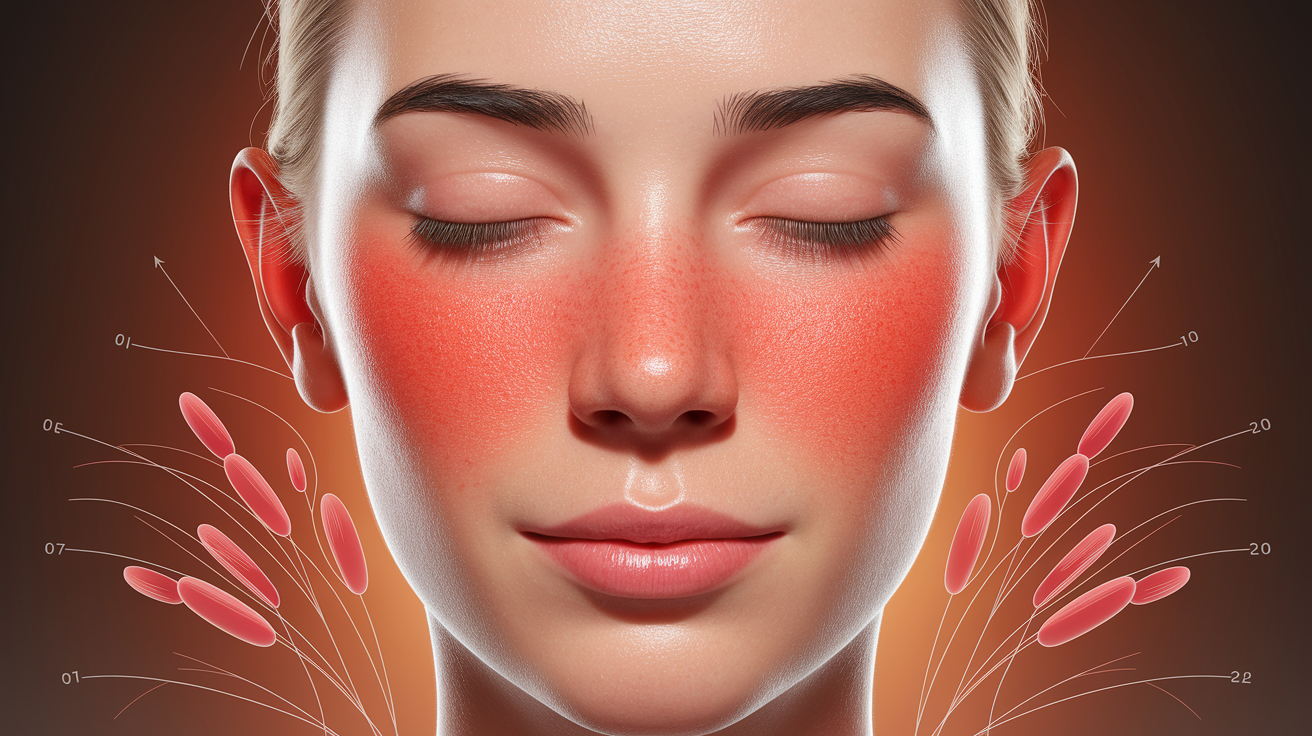
How Blushing Works – The Body’s Vasodilation Response
At the heart of blushing is a process called vasodilation—the widening of blood vessels. When triggered, your sympathetic nervous system kicks in, releasing adrenaline as part of the fight or flight response.
- Adrenaline relaxes the tiny muscles in the walls of your facial blood vessels.
- Your capillaries open wider, pulling more blood to the skin’s surface.
- The facial skin is especially prone to redness because it has more capillary loops and superficial vessels than other areas.
These blood flow changes happen in seconds, creating the telltale facial flushing that feels warm to the touch. Research also suggests unique receptor arrangements in facial veins help make this response so fast and vivid.
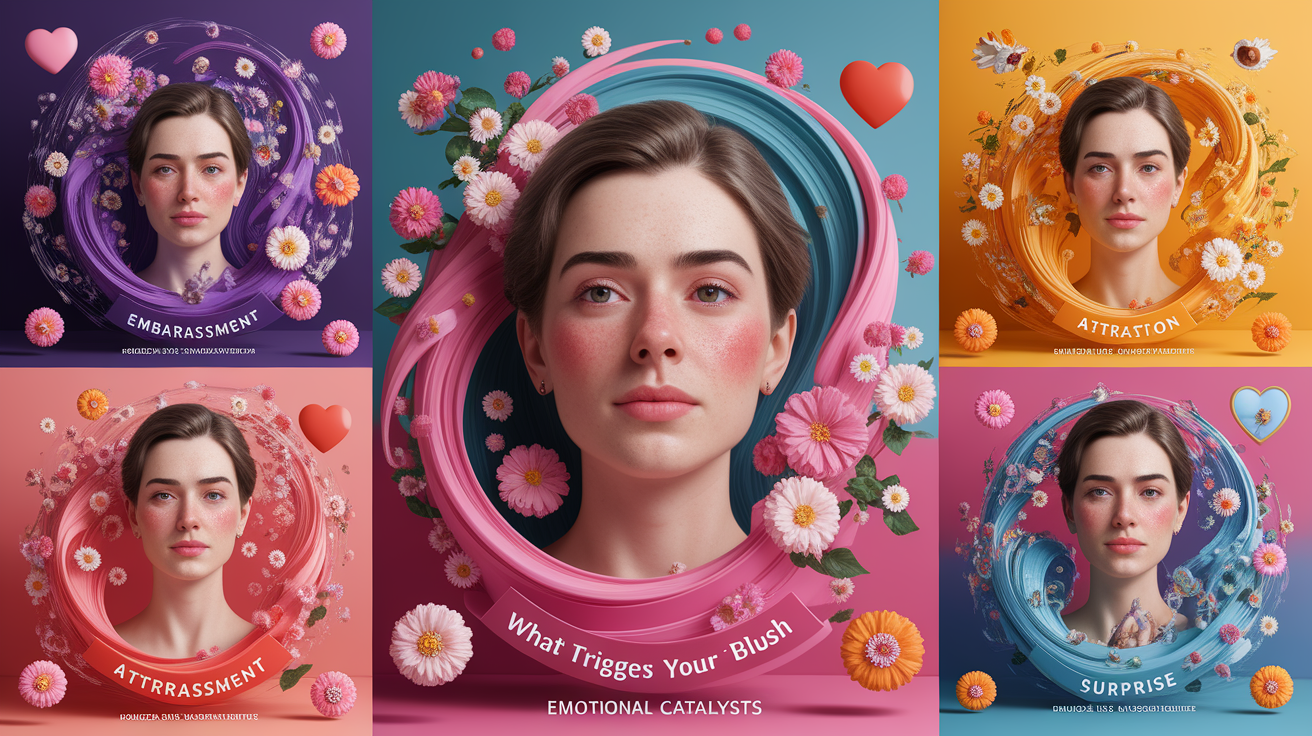
What Triggers Your Blush – Emotional Catalysts
So why exactly does your body push extra blood into your cheeks? It’s all about emotional and social sparks lighting up your nervous system. Common triggers include:
- Embarrassment or shame: Classic causes—being put on the spot socially.
- Shyness or self-consciousness: Meeting new people or receiving unexpected attention.
- Romantic stimulation: Encounters with someone you’re attracted to.
- Anger or frustration: Emotional heat spilling over into physical warmth.
- Fear: Heightened alertness in tense situations.
Interestingly, studies show that blushing can be asymmetric, increasing blood flow more on the side of your face that’s being observed by others. That’s your brain fine-tuning your body language to the situation in real time.

The Social Signal of Blushing – Evolutionary and Communicative Value
Blushing is more than just a body quirk—it’s a powerful social tool. According to social psychology research, it can communicate sincerity, remorse, or vulnerability without a single word. This makes it an important part of human interaction:
- Conflict diffuser: A blush after a mistake can show humility and reduce hostility.
- Trust builder: People may perceive blushers as more honest and likable.
- Emotional authenticity: Signals that you’re genuinely feeling what you say.
Charles Darwin himself highlighted blushing as one of the most peculiar and uniquely human expressions, noting its role as an “involuntary confession” of our inner state.
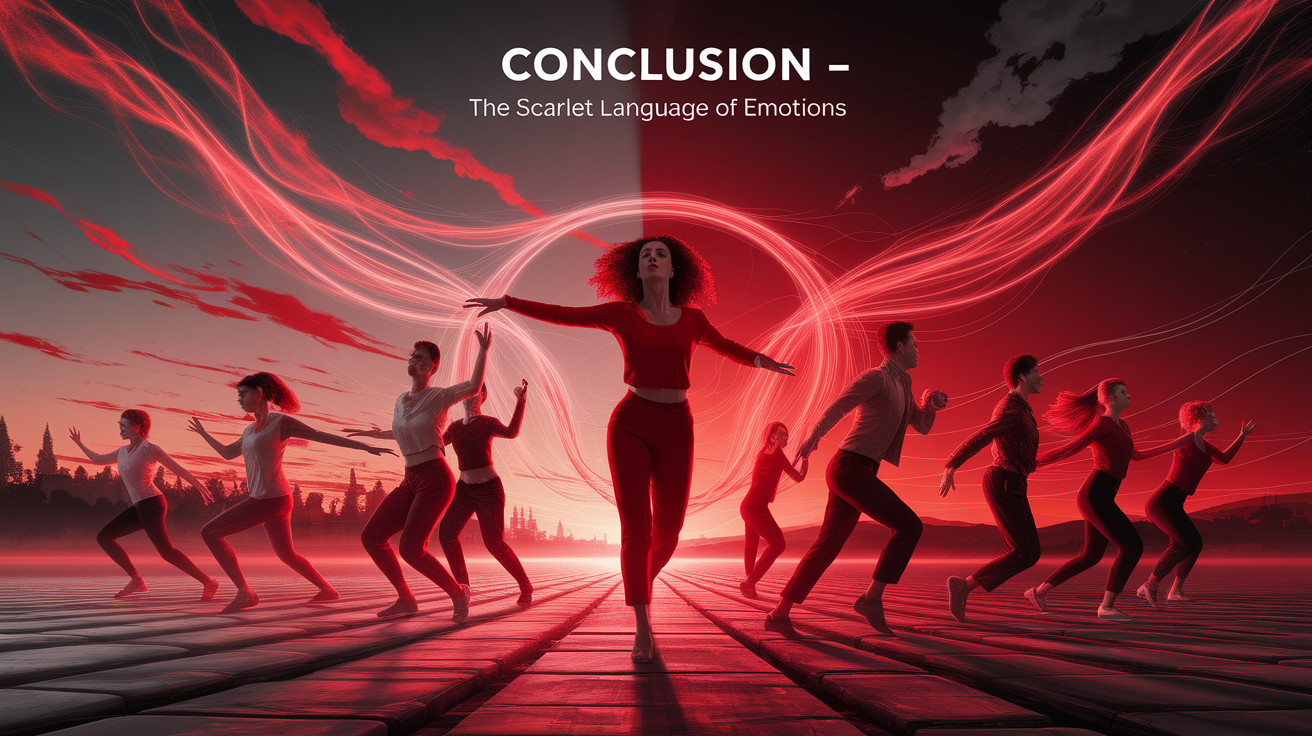
Conclusion – The Scarlet Language of Emotions
Blushing is your body’s way of wearing your heart on your face—quite literally. Driven by physiological reactions deep inside your nervous system and blood vessels, it reveals emotional truths faster than you can control them. Whether you see it as charming, inconvenient, or both, your blush is a vivid reminder that human communication isn’t just about words—it’s also written in color.







